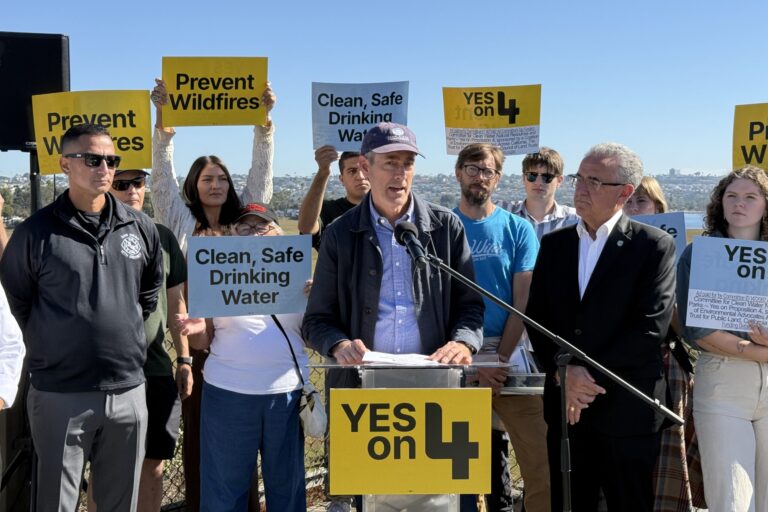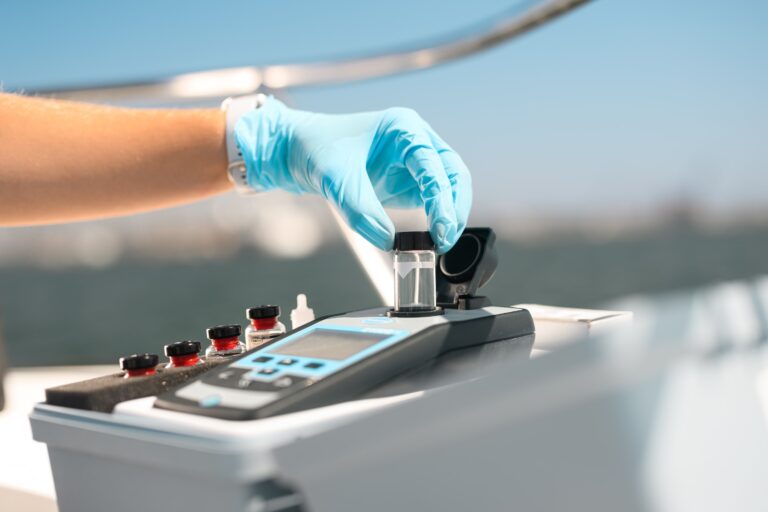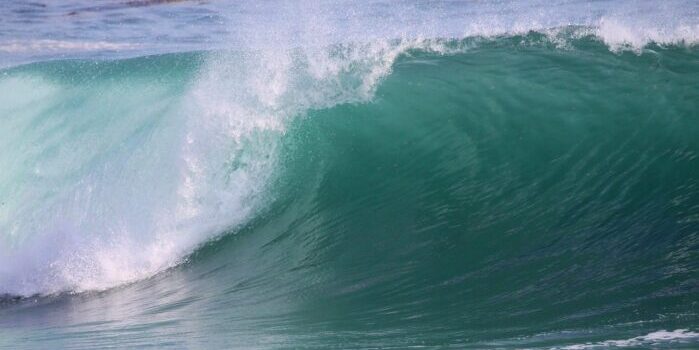Desalination
How Desalination Works
With drought conditions occurring more frequently and lasting longer, Californians are turning to new and emerging technologies to meet increasing freshwater demands. Ocean water desalination is one of many water supply options being explored both in the San Diego region and across the state. Desalination facilities turn saltwater into drinking water through a process called reverse osmosis, wherein ocean water is passed through porous membranes to remove salt and other minerals. Next, chemicals agents such as coagulants, flocculants, and chlorine are added to the water in order to produce a product safe for human consumption.
The desalination process results in the generation of two substances – drinking-grade freshwater, and a heavily concentrated byproduct called brine. Brine is composed of extracted salt and chemicals and is usually discharged back into the ocean. This is the same technology used to recycle wastewater into drinking water (called “potable reuse”), though potable reuse requires far less energy than desalination, and produces a byproduct that can be beneficially reused as fertilizer, whereas desalination brine has no beneficial applications and is known to be harmful to the marine environment.
While at first glance desalination may seem like a silver bullet solution for a drought-susceptible region, the economic and environmental costs of this water supply are high, and arguably outweigh the benefits in a region that still has more sustainable alternatives to invest in, such as water efficiency improvements and stormwater capture and reuse.
The Economic Costs of Desalination
Though often talked about as a cure-all for San Diego’s water supply insecurity, there are many drawbacks to relying on desalination to supply our region’s water. From an economic standpoint, desalination represents the most expensive water supply currently available. Freshwater generated through ocean water desalinated water costs twice as much as imported water, which is already largely criticized for its costliness to water users. Because existing desalination plants – such as the Carlsbad Desalination Plant, which came online in late 2015 – are not publicly owned, water agencies have entered into binding agreements with facility owners that obligate ratepayers to purchase expensive desalinated water even in wet years when less expensive water is more readily available and desalinated water is not needed to meet freshwater demands. The result is that private companies profit by selling water at the highest possible rate whether the water is needed or not, and San Diegans shoulder the cost.
The Environmental Costs of Desalination


In addition to being the most expensive water supply available, desalination is also associated with myriad environmental costs. The desalination process is extremely energy intensive. Desalination uses three times more energy than wastewater recycling, meaning it contributes more greenhouse gasses to the environment than any other local water supply option, such as potable reuse and stormwater capture. The relationship between energy use and water supply is known as the “water-energy-nexus.” An understanding of the the amount of energy consumed to extract, purify, treat, deliver, and dispose of water is essential to lessening negative climate impacts of water-supply development. The California Energy Commission has estimated that nearly one-fifth of all power generated in California goes to water-related uses. Desalination, with its extremely high energy-to-water ratio, further exacerbates greenhouse gas emissions and climate change when compared to other water supply options for San Diego.
In addition to the environmental implications of high energy use, desalination also negatively impacts San Diego’s ocean environment and marine wildlife. Because desalination often relies on open ocean seawater intakes, nearby marine life is at risk of being injured or killed through impingement (the trapping of marine organisms against intake screens) or entrainment (the passing of smaller organisms through intake screens and into the treatment facility). At the other end of the desalination process, chemical-laden brine is discharged back into the ocean. This waste product pollutes ocean environments near desalination outfalls, and can create ocean “dead zones.”
















